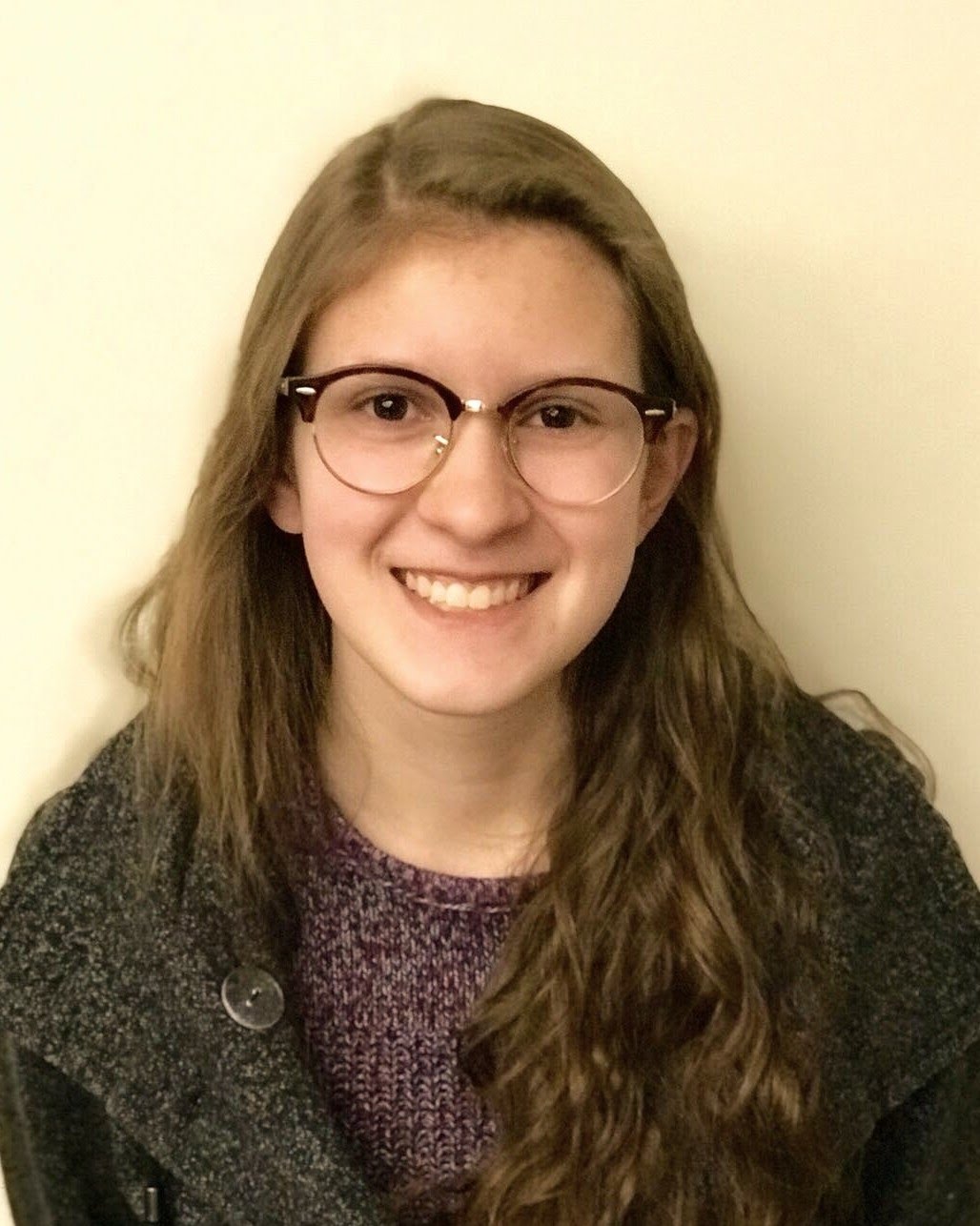Celebration of Scholars
An Examination of Great Call Production Between Wild and Captive White-Handed Gibbons (Hylobates lar)
 Name:
Olivia Deroach
Name:
Olivia Deroach
Major: Biology and Neuroscience
Hometown: Ashwaubenon, WI
Faculty Sponsor: Angela Dassow
Other Sponsors:
Type of research: Independent research
 Name:
Alexandra Steffen
Name:
Alexandra Steffen
Major: Biology
Hometown: Roseville, MN
Faculty Sponsor: Angela Dassow
Other Sponsors:
Type of research: Independent research
 Name:
Ryan Yont
Name:
Ryan Yont
Major: Biology and Neuroscience
Hometown: Colgate, WI
Faculty Sponsor: Angela Dassow
Other Sponsors:
Type of research: Independent research
Abstract
White-handed gibbons (Hylobates lar) are a species of lesser ape native to southeast Asia. H. lar communicate with each other vocally using female-specific great calls and male-specific codas. The present study aims to determine what differences exist in great call production from wild versus captive gibbons. Vocalizations of eight gibbons (5 wild females, 2 captive females and 1 captive male) were recorded at a 44.1kHz sampling rate. Total duration of each great call and number of great call elements were measured using Adobe Audition CC 2017.0.2. The average great call duration was 19.37s±2.08 for wild females, 21.51s±1.24 for the Racine Zoo female, 17.81s±6.26 for the Henry Vilas Zoo female, and 13.35s±5.02 for the Vilas male. The average number of great call elements was 10.7±2.1 for wild females and 13.5±1.5 for the Racine female. The analysis of the elements for the Vilas gibbons is still in progress. To date, there has only been one other observation of a male-produced great call in captivity. The Vilas male consistently produced great calls that were shorter in total duration and had fewer elements. Future directions include characterizing individual great call elements to determine which components of the great calls differ between wild and captive gibbons.Submit date: March 26, 2018, 4:19 p.m.
